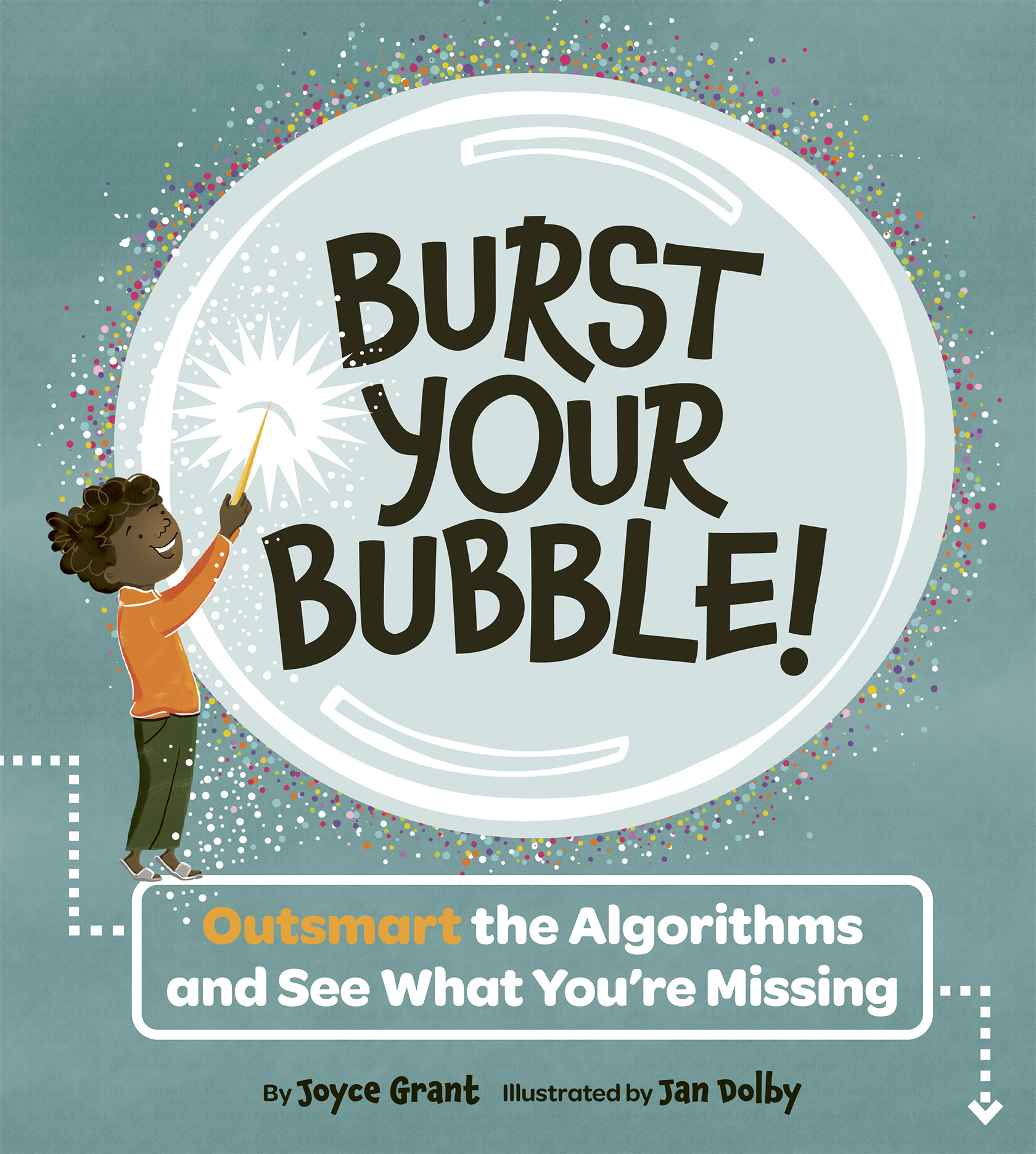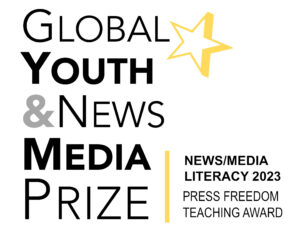
By Jim Martin
Photography by Tessa Macintosh
Last month, many Tłı̨chǫ (pronounced “tuhlee – cho”) people travelled hundreds of kilometres from their homes in the Northwest Territories to participate in their aboriginal government.
They traveled by airplane or by canoe.
The annual journey by canoe to this “gathering” is called “Trails of Our Ancestors.”
Young people travel with their elders along the rivers and lakes of their homeland. Along the way, they learn about the traditional trails and hear stories about the sacred places, gravesites and history of their people, and learn about the traditional uses of many plants and animals.
When the canoes arrived in Behchokǫ, Northwest Territories, they were welcomed by their hosts. The annual gathering is an important part of the Tłı̨chǫ government because it provides an opportunity for citizens to ask questions, provide recommendations and offer direction to the elected chiefs and Assembly members.
As well, people can propose changes to the constitution or other agreements. At these gatherings, financial reports are presented and every four years, nominations can be made for the election of the Grand Chief.
The annual gatherings are also a time to renew old friendships and to celebrate being together as a distinct people with a unique culture and language.
The Tłı̨chǫ have had their own government since 2005, when their leaders signed a modern treaty with the government of Canada and the government of the Northwest Territories.
Issues of particular importance for the people during this year’s gathering were finding a balance between business and the well-being of the environment. For instance, diamond mines provide good economic development and jobs for young people but there are concerns about the mines interfering with the caribou herds in the area.

Also of concern at this year’s gathering was the state of Tłı̨chǫ language, culture and way of life.
It is a struggle for small aboriginal groups like the Tłı̨chǫ (who have approximately 4,000 people) to maintain their distinct culture and language in the face of an often overpowering global culture.
Related links
Read this CBC article about the impact of diamond mines on the Bathurst caribou herd.
A 2009 CBC article about declining numbers of caribou in Canada’s north.
Website of the Tlicho people.
The legend depicting how the Tlicho (Dogrib) people came to be.
CURRICULUM CONNECTIONS
By Jim Martin
Writing/Discussion Prompt
Why is it important to bring elders and young people together on this canoe trip?
Why do you think there is a struggle to balance economic development and concerns for the environment?
What are the pressures that make it difficult for small aboriginal cultures like the Tłı̨chǫ people to survive in a global world?

Reading Prompt: Responding to and Evaluating Text
What did you learn about the Tłı̨chǫ people in the article? What additional information would you like to know about the Tłı̨chǫ people?
Junior
Make judgements and draw conclusions about the ideas and information in texts and cite stated or implied evidence from the text to support their views (OME, Reading: 1.8).
Intermediate
Evaluate the effectiveness of both simple and complex texts based on evidence from the texts (OME, Reading: 1.8).
Grammar Feature: “diacriticals in words ”
Today’s story includes the word, “Tłı̨chǫ.”
The origin of this word is from a Canadian aboriginal language called Tłı̨chǫ. The English translation of Tłı̨chǫ is “Dogrib.” Dogrib refers to a mythological creation story of the Tłı̨chǫ people.
The Tłı̨chǫ language has many sounds, especially vowels and tones which are not easy to pronounce using the 26 letters of our alphabet. Diacriticals and other letters not used in our alphabet are used to indicate different sounds in this language.
Tłı̨chǫ is thus pronounced more like “Tuhlee – cho.” The Tłı̨chǫ language is one member of a close family of about 30 aboriginal languages in the Na-Dene or Athapaskan family. Apache and Navajo are also members of this language family.







